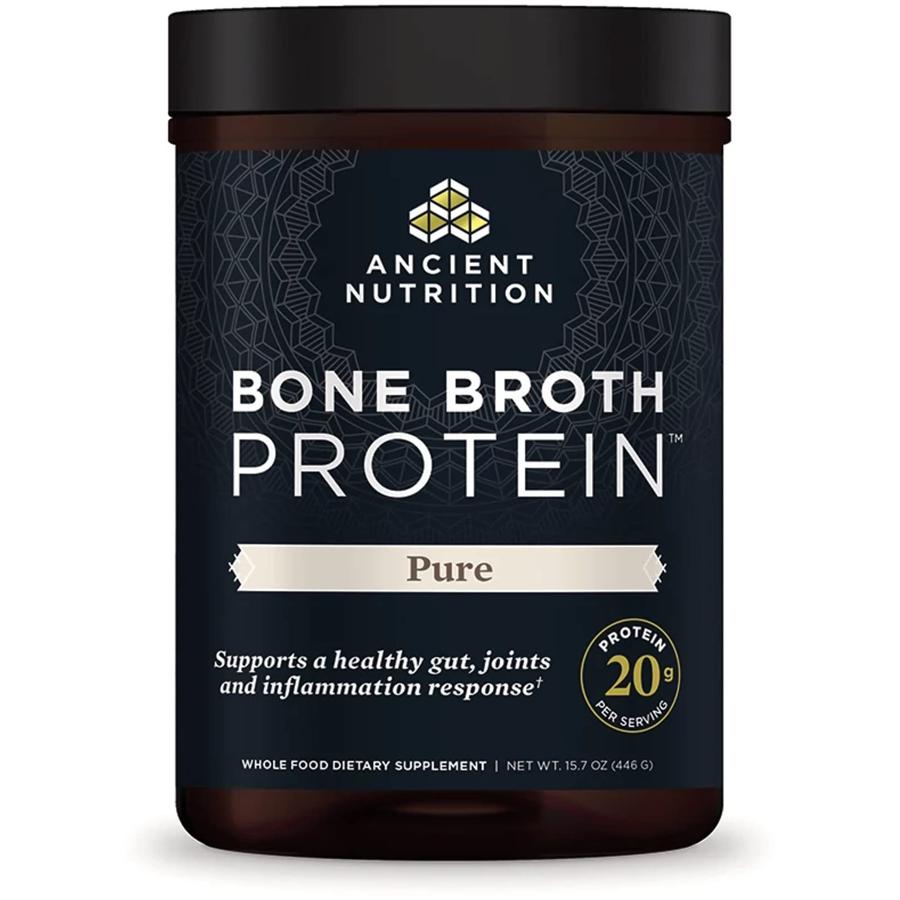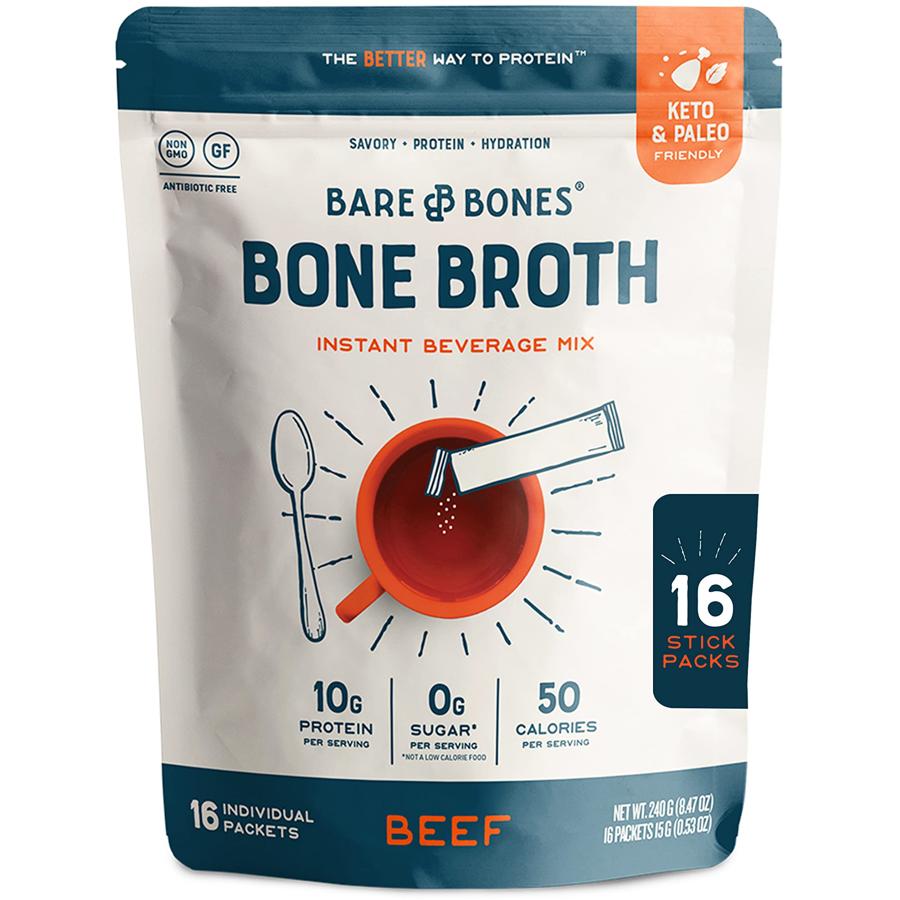The Ancient Elixir: A History of Bone Broth in Traditional Cultures
Bone broth has gained significant popularity in recent years as a health and wellness trend, but its roots can be traced back to ancient civilizations around the world. In this article, we will explore the historical significance of bone broth in traditional cultures and delve into its various cultural and medicinal uses.
The Origins of Bone Broth
Bone broth has a long history that dates back to ancient civilizations such as China, Egypt, and Greece. These cultures recognized the value of utilizing every part of an animal and understood the nutritional benefits of bone broth.
- In ancient China, bone broth was a staple in traditional Chinese medicine, known for its healing properties and ability to promote overall health. It was often used to support digestion, boost the immune system, and strengthen the kidneys and bones1.
- In ancient Egypt, bone broth was consumed for its nourishing properties. It was believed to have anti-inflammatory effects and was used to treat various ailments2.
- In ancient Greece, bone broth was commonly consumed as a remedy for digestive issues and joint pain3.
Bone Broth in Traditional Asian Cultures
Asian cultures have a rich history of incorporating bone broth into their traditional cuisines and medicinal practices. Let’s explore some of the notable aspects of bone broth in these cultures:
- Traditional Chinese Medicine (TCM) places great emphasis on the use of bone broth for its healing properties. In TCM, bone broth is believed to nourish the blood, boost the immune system, and support overall vitality4.
- In Japan, tonkotsu broth is a popular type of bone broth made from pork bones. It is known for its rich flavor and is commonly used as a base for ramen soup5.
- Dashi, a traditional Japanese broth made from kombu (a type of seaweed) and bonito flakes (dried fish flakes), is another popular bone broth used in Japanese cuisine6.
- Pho, a Vietnamese noodle soup, often features a bone broth base made from beef bones. It is known for its aromatic flavors and is a favorite comfort food in Vietnamese cuisine7.
Product Spotlight
Aggregate Rating
Our Rating
Bone Broth Protein by Ancient Nutrition is a high-quality protein powder made from real bone broth. It is rich in collagen, amino acids, and minerals, supporting joint health, digestion, and skin. It's a convenient and nourishing way to add protein to your diet.
Bone Broth in Traditional European Cultures
European cultures also have a long history of incorporating bone broth into their culinary traditions. Let’s take a closer look at some of the European cultures and their use of bone broth:
- In French cuisine, bone broth, known as bouillon, is a fundamental component of many classic dishes. It is often used as a base for soups, stews, and sauces, adding depth and richness to the flavors8.
- Italian cuisine features bone broth in the form of brodo, which is commonly used as a base for risotto, soups, and sauces. It is made by simmering a combination of meat, bones, vegetables, and herbs for an extended period to extract the flavors and nutrients9.
- In German cuisine, bone broth, known as knochenbrühe, is a traditional remedy for colds and digestive issues. It is often enjoyed as a warm, comforting drink during the colder months10.
Bone Broth in Traditional Indigenous Cultures
Indigenous cultures around the world have also recognized the nutritional and healing properties of bone broth. Here are some examples of bone broth’s significance in indigenous cultures:
- In Native American cultures, bone broth was a valuable resource that provided nourishment and sustenance. It was often made from the bones of hunted animals and used in various traditional dishes11.
- Maori culture in New Zealand has a traditional bone broth known as boil-up. It is made by simmering meat, bones, and vegetables together and is considered a comforting and nourishing dish12.
- Inuit cultures in the Arctic region have long relied on bone broth as a vital source of nutrition. It is made from the bones and scraps of hunted animals and is rich in essential nutrients needed to survive in harsh environments13.
Modern Resurgence of Bone Broth
In recent years, bone broth has experienced a resurgence in popularity within the health and wellness industry. This renewed interest has been fueled by scientific research supporting the claimed health benefits of bone broth. Some of the key benefits associated with bone broth include:
- Promoting gut health: Bone broth contains amino acids and gelatin, which can support the health of the intestinal lining and aid in digestion14.
- Supporting joint health: The collagen and other compounds found in bone broth may help reduce joint pain and inflammation15.
- Boosting the immune system: Bone broth is rich in minerals and nutrients that can support a healthy immune system16.
To incorporate bone broth into your modern diet, consider the following tips and recommendations:
- Make your own bone broth using high-quality bones from organic, grass-fed animals. This ensures that you are getting the most nutrients and avoiding any potential contaminants17.
- Use bone broth as a base for soups, stews, and sauces to add depth of flavor and nutritional benefits to your dishes.
- Enjoy a warm cup of bone broth as a comforting and nourishing beverage, especially during colder months or when you need an immune system boost.
Product Spotlight
Aggregate Rating
Our Rating
Bare Bones' Bone Broth Instant Powdered Mix is a convenient and nutritious option for bone broth enthusiasts. Packed with collagen, amino acids, and essential minerals, it offers a quick and easy way to enjoy the benefits of bone broth on the go.
Conclusion
Bone broth has a rich history in traditional cultures around the world, spanning ancient civilizations to modern times. Its cultural and medicinal significance cannot be overlooked. By understanding the historical context and incorporating bone broth into our diets, we can benefit from its nutritional properties and connect with the traditions of our ancestors.
References:


